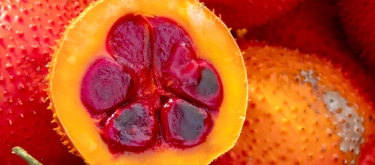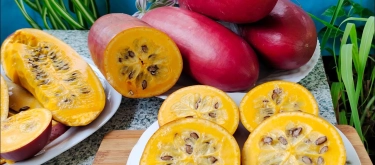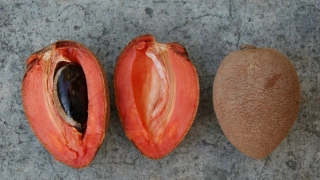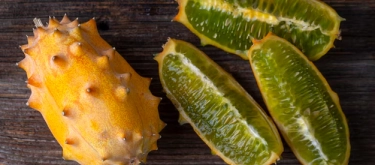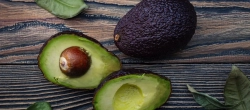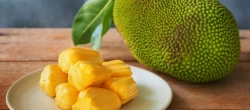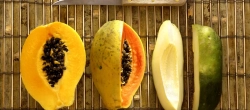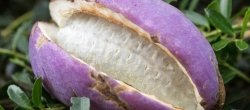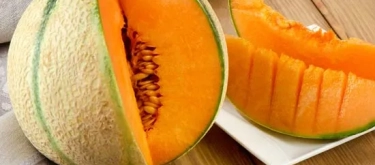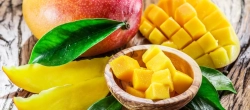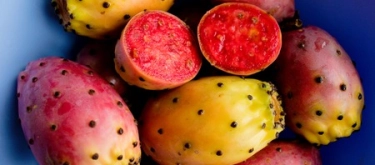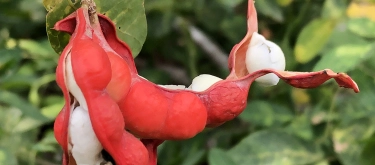Gac Fruit: Taste Profile, Aroma, Benefits and Health Risks
Gac fruit (Momordica cochinchinensis), also known as “baby jackfruit” or “sweet gourd,” is a striking orange-red fruit native to Southeast Asia. Revered for its vibrant color and exceptional nutritional value, gac has long been used in traditional Vietnamese and Thai cuisine, both as a food and as a symbol of luck and prosperity. Today, gac is gaining attention worldwide as a “superfruit” thanks to its unique sensory profile and health benefits.
Gac fruit is naturally gluten-free and suitable for vegetarian and vegan diets. It is low in calories and allergens, with no major reported cases of allergic reactions. The seeds are not edible and should not be consumed. As with other exotic fruits, individuals trying gac for the first time should start with a small amount to ensure tolerance.
What does Gac Fruit taste like?
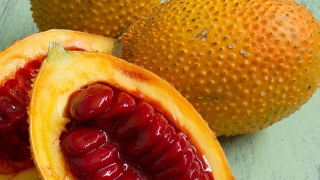
Complete Sensory Description
Gac fruit has a mild, subtly sweet flavor with delicate hints of cucumber, carrot, and avocado.
The initial taste is smooth and gentle, dominated by a faint sweetness and a soft, vegetal freshness. The texture of the ripe pulp is creamy, silky, and slightly gelatinous, resembling a mix between ripe avocado and cooked pumpkin. As you eat, faint notes of carrot and a mild earthiness emerge, along with a very subtle, melon-like fragrance. Gac is not tart or strongly flavored; instead, it offers a mellow, clean finish and a unique, visually stunning deep red-orange pulp.
In-depth Flavor Analysis
Gac’s flavor is shaped by its high content of carotenoids (especially lycopene and beta-carotene), lipids, and mild organic acids. These compounds contribute to the fruit’s smooth texture and subtle sweetness, without strong acidity or bitterness. Aromatic esters and low levels of volatiles result in a mild aroma and neutral aftertaste. Environmental factors and ripeness can slightly influence sweetness and aroma intensity, but gac remains one of the least assertive tropical fruits in flavor.
Culinary Uses and Forms of Consumption
Fresh gac fruit:
The ripe red pulp (aril) is scooped out and eaten fresh, often mixed into rice, smoothies, or fruit salads. In Vietnam, gac pulp is traditionally combined with sticky rice to make “xôi gấc,” a festive, brightly colored dish for celebrations and weddings.
Best pairings: Gac works well with coconut milk, sticky rice, mild tropical fruits, and honey. Its mildness allows it to blend into both sweet and savory dishes without overpowering other flavors.
Cooked gac fruit:
Gac is sometimes gently cooked or steamed with rice, which deepens its color and creates a creamy, subtly sweet base for both desserts and main dishes. The pulp can be blended into soups, porridges, or desserts for color and nutrition, and is occasionally used in ice cream or as a natural food coloring.
Processed gac (juice, oil, powder):
Gac is also processed into juice, puree, oil, or freeze-dried powder. Gac oil is especially valued for its high carotenoid content and is often used as a supplement or added to health drinks and wellness foods.
Gac powder is blended into smoothies, yogurt, or baked goods to boost nutrition and impart a warm orange hue.
Not recommended:
Gac’s seeds are inedible and should always be removed before consumption. Overheating can degrade its delicate carotenoids and subtle flavor, so gentle processing is preferred.
Selection, Preparation, and Storage
Selection:
Choose gac fruit that is heavy for its size, evenly colored orange to deep red, and free of cracks or soft spots. Avoid underripe fruits (yellow or greenish) and those with wrinkled, dehydrated skin.
Preparation:
Cut the fruit in half, scoop out the soft red aril (pulp) and discard the seeds. The aril can be used immediately, pureed, or blended with other ingredients.
Storage:
Whole gac fruit keeps at room temperature for several days or can be refrigerated for up to a week. Once opened, store the pulp in an airtight container in the fridge and use within 2–3 days. Gac oil and powder should be stored tightly sealed in a cool, dark place.
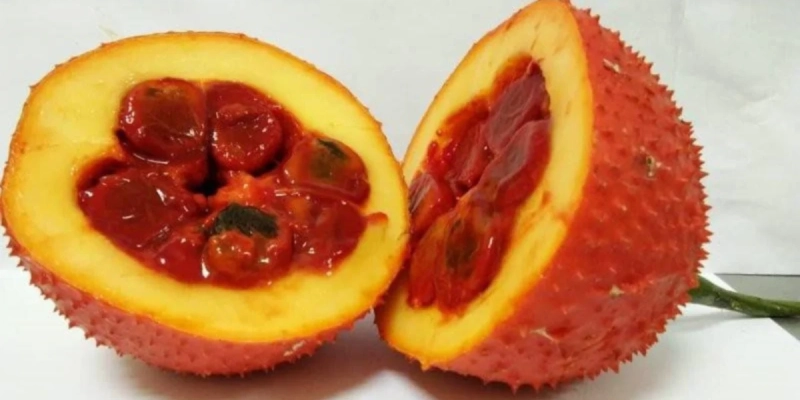
Nutritional Insights
Gac fruit is rich in carotenoids—especially beta-carotene and lycopene—making it one of the most concentrated natural sources of these antioxidants. It provides small amounts of vitamin C, vitamin E, healthy fats, and trace minerals.
Potential benefits:
-
May support eye and skin health thanks to high beta-carotene and lycopene
-
Contains antioxidants that help protect against cellular damage
-
May help boost immune function and support heart health
-
Low in sugar, calories, and suitable for weight management diets
Historical and Cultural Significance
Gac fruit has been revered in Southeast Asian cultures for centuries, symbolizing good fortune and longevity. In Vietnam, it is an essential part of the Lunar New Year and wedding feasts, where its bright color represents happiness and prosperity. Traditional medicine values gac for promoting vision and vitality, and its vibrant pulp is used in offerings and celebratory foods.
Interesting and Curious Facts
-
Gac is sometimes called the “fruit from heaven” due to its health reputation and auspicious color.
-
Its carotenoid content is among the highest of all known fruits—up to 70 times more lycopene than tomatoes.
-
The seeds contain a hard shell and are not eaten, but traditional remedies use them externally.
-
Gac is often processed into oil for supplements and cosmetics.
-
A common misconception: despite its dramatic appearance, gac’s flavor is mild and never overpowering.
Harm and Dietary Considerations
Gac fruit is safe for most people when eaten as food. Seeds should not be consumed. Rare allergic reactions are possible with any new tropical fruit. No evidence of toxicity in edible parts when consumed normally.
Religious Dietary Considerations
Gac is plant-based and suitable for vegetarian, vegan, Halal, Kosher, Hindu, and Buddhist diets.
Final Thoughts & Sensory Journey
Gac fruit offers a creamy, subtly sweet, and visually stunning experience—its gentle flavor and vibrant color bring both beauty and nourishment to festive tables and modern wellness foods.
Resources
-
Davidson, A. (2014). The Oxford Companion to Food. Oxford University Press. ISBN 978-0199677337
-
Vuong, L. T. (2002). “Gac Fruit (Momordica cochinchinensis Spreng): A Rich Source of Bioactive Compounds and Its Potential Health Benefits.” Food Research International.
-
McGee, H. (2004). On Food and Cooking: The Science and Lore of the Kitchen. Scribner. ISBN 978-0684800011
-
Journal of Food Science, 2011, “Carotenoid Content and Antioxidant Activity of Gac Fruit”
